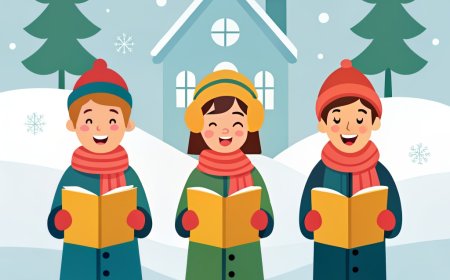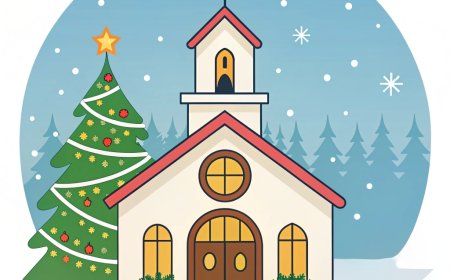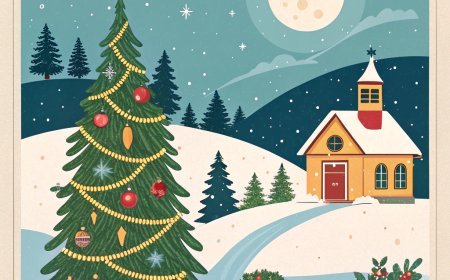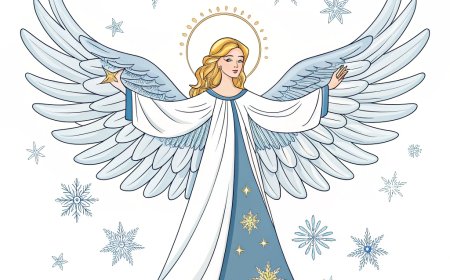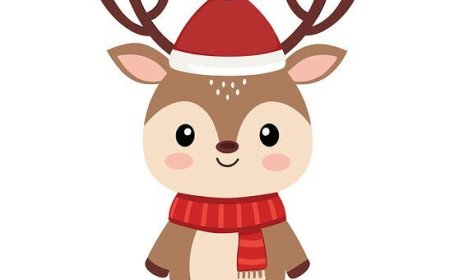Halloween History Traditions and Fun Facts for Students
Discover the history traditions and fun facts about Halloween in this student guide exploring costumes candy spooky stories and global celebrations
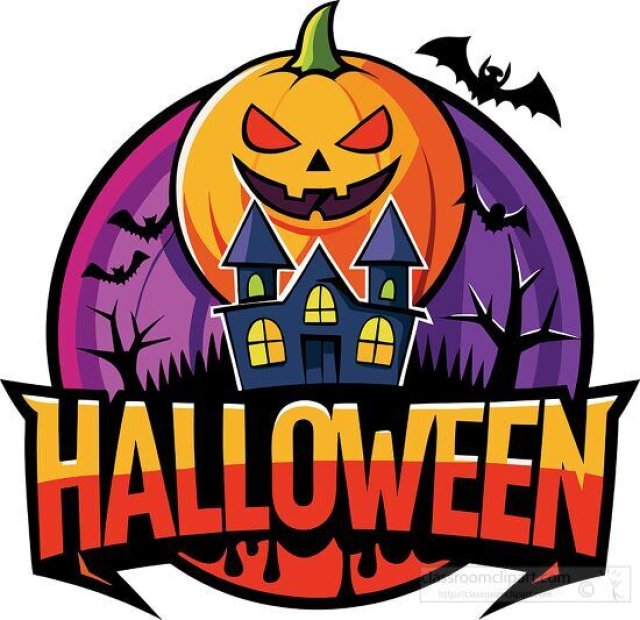
🕸️ Introduction
Every year on October 31, streets all over the world transform into something magical - and a little spooky. Pumpkins glow with carved faces, doorsteps are decorated with cobwebs, and costumed children hurry from house to house, eager to collect sweet treats. Some dress as superheroes, others as witches or skeletons, and a few as characters from their favorite movies or games.
Halloween is more than just a night for candy and costumes. It's a holiday with roots that stretch back over 2,000 years, blending ancient traditions with modern celebrations. Behind the fun and games are fascinating stories about harvest festivals, beliefs about spirits, and customs that traveled across oceans and through centuries. Whether you're in it for the scares, the sweets, or the sense of community, Halloween is a night when history, imagination, and excitement all come together.
📜 History and Origins
Halloween traces its roots back over 2,000 years to the ancient Celtic festival of Samhain (pronounced "sow-in"). Celebrated in what is now Ireland, the United Kingdom, and northern France, Samhain marked the end of the harvest season and the beginning of winter. Celts believed that on the night of October 31, the boundary between the living and the dead was blurred, allowing spirits to roam the earth.
When the Romans conquered Celtic lands, they blended Samhain traditions with their own festivals. Later, the Catholic Church established All Saints' Day on November 1 to honor saints and martyrs, and the evening before became All Hallows' Eve, eventually shortened to Halloween.
🎭 Traditions and Customs
👻 Costumes
Wearing costumes started as a way to disguise oneself from wandering spirits. People dressed as ghosts or animals to blend in with supernatural beings. Today, costumes range from scary to silly, with themes from movies, books, and video games.
🍬 Trick-or-Treating
The modern practice evolved from the medieval tradition of "souling", where poor people would visit homes to receive food in exchange for prayers for the dead. In the United States, trick-or-treating became common in the early 20th century and exploded in popularity after the 1950s.
🎃 Jack-o'-Lanterns
Carving pumpkins comes from an Irish legend about "Stingy Jack," who tricked the devil and was forced to wander the earth with a carved turnip lantern. Immigrants to America used pumpkins instead, creating the bright orange Jack-o'-lanterns we know today.
🔮 Symbols and Meanings
-
🎃 Pumpkins - Harvest season and creativity.
-
🐈⬛ Black Cats - Superstitions and magic.
-
👻 Ghosts - Spirits of the dead.
-
🦇 Bats - Linked to the night and old vampire legends.
🌍 How It's Celebrated Today
In the United States, Halloween is one of the biggest holidays of the year. Families decorate homes, kids go door-to-door for candy, and neighborhoods hold spooky events. In other countries, like Mexico, October 31 is connected to Día de los Muertos, which focuses more on honoring ancestors than on scary fun. In the United Kingdom and Ireland, traditional games like apple bobbing are still popular.
💡 Fun Facts
-
🍫 Americans buy over 600 million pounds of candy for Halloween each year.
-
🎃 The largest pumpkin ever recorded weighed over 2,700 pounds.
-
🔥 In Ireland, Halloween was originally celebrated with bonfires to ward off evil spirits.
-
🕷️ Some people believe seeing a spider on Halloween means the spirit of a loved one is watching over you.
📚 Vocabulary List
-
Samhain - Ancient Celtic festival marking the end of harvest.
-
Souling - Medieval tradition of going door-to-door for food in exchange for prayers.
-
All Hallows' Eve - Original name for Halloween.
-
Jack-o'-Lantern - A carved pumpkin or turnip with a light inside.
-
Superstition - A belief or practice not based on reason, often involving luck or magic.
-
Ancestor - A person from whom you are descended.
-
Legend - A traditional story passed down over time.
-
Harvest - The gathering of crops.
📝 Key Takeaways
-
Halloween began as the Celtic festival of Samhain.
-
Costumes were originally meant to protect people from spirits.
-
Trick-or-treating evolved from the tradition of souling.
-
Jack-o'-lanterns were first made from turnips before pumpkins.
-
Today, Halloween is celebrated with costumes, candy, and parties worldwide.
🧠 Interactive Quiz
1. What ancient festival is Halloween based on?
A) All Saints’ Day
B) Samhain
C) Souling
D) Harvest Moon
2. Why did people originally wear costumes on Halloween?
A) To look stylish
B) To scare away wild animals
C) To hide from spirits
D) To impress neighbors
3. What was the first vegetable used for Jack-o’-lanterns?
A) Pumpkin
B) Turnip
C) Squash
D) Potato
4. Trick-or-treating came from what medieval tradition?
A) Bobbing for apples
B) Souling
C) Pumpkin carving
D) Ghost stories
5. Which animal is often linked to Halloween superstitions?
A) Owl
B) Cat
C) Bat
D) All of the above


















































